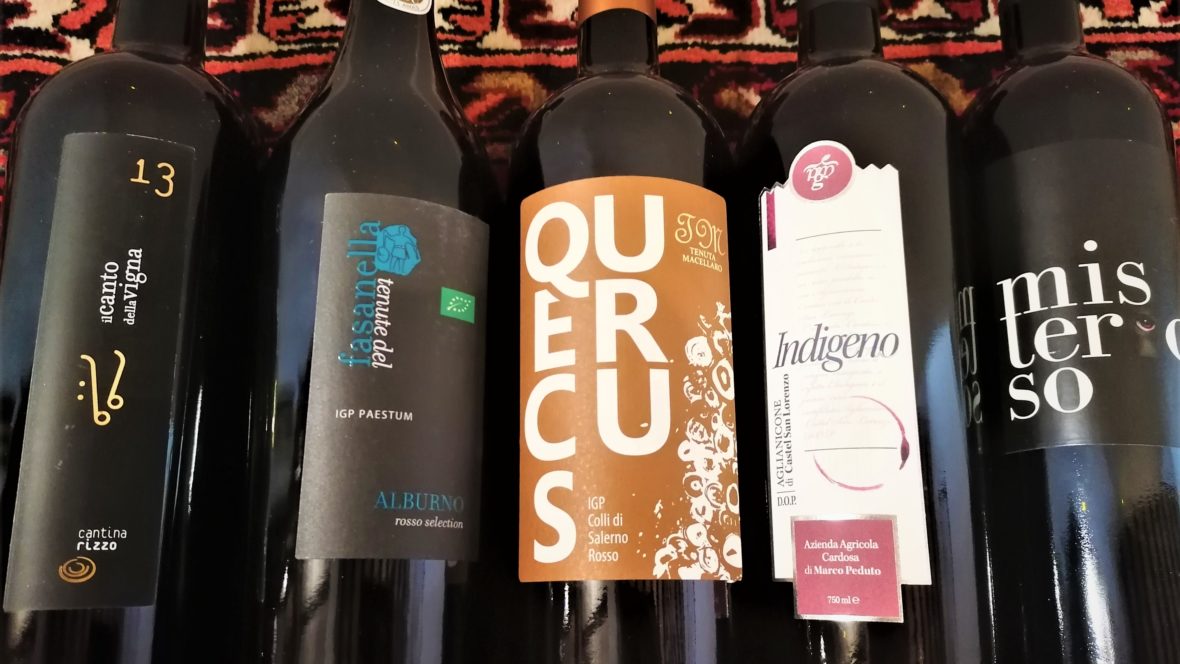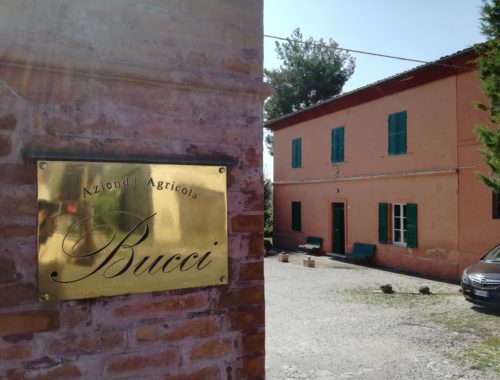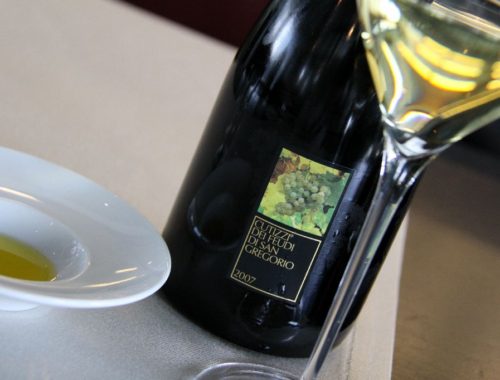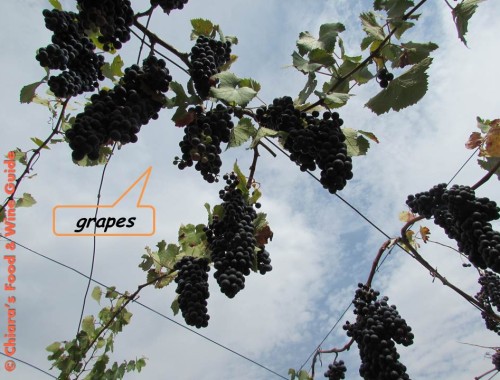Although its old roots, Aglianicone still represents a niche production in a lesser-known area of Campania region (Southern Italy) and which therefore has to offer all the charm of discovery. The black grape Aglianicone is one of the main characters of the contemporary history of Cilento area, province of Salerno city, the southernmost production area of Campania and possibly found in some of the appellations which classify the production of the province of Salerno: first of all the ‘Castel San Lorenzo DOP’ (whose regulation is the only one, so far, that allows to state Aglianicone on the label), ‘IGP Colli di Salerno’, ‘IGP Paestum’, ‘DOP Cilento’.
AGLIANICONE: THE WINE
The resulting wine is medium to deep in colour, quite fruity with medium or even medium + but ripe and not aggressive tannins; a certain structure is lightened by a fairly vibrant but never overbearing acidity. Obviously, it is always appropriate to filter the general picture with respect to the individual styles as well as to the specific location of the different properties in a territory as vast as, inevitably, varied. That said, it would be absolutely premature to think of zoning in addition to the fact that, at this stage, it would constitute a strong limit to the expressiveness of each producer, to be preserved aiming at experimentation and mutual confrontation.
TERRE DELL’AGLIANICONE: THE ASSOCIATION
It is precisely in the name of a constructive collaboration that Terre dell’Aglianicone association was founded in 2013: to enhance a grape variety which used to be the protagonist of this territory until the arrival of phylloxera when other national and even international varieties were preferred at the time of replanting as more palatable for the markets. Only thanks to a more recent discovery of a plant, dedicated studies and micro-vinifications started again and are still in progress.
The production is still limited: there are currently around 30 hectares but the qualitative and identity potential is clearly much higher.
AGLIANICONE: THE TASTINGS
After a focused presentation organized at the Museum of the Mediterranean Diet last June, I again have the opportunity to taste some bottles of this reds from Aglianicone which have furtherly aged in bottle.
- “IL CANTO DELLA VIGNA” – IGP PAESTUM ROSSO 2013 – by CANTINA RIZZO
Welcoming nose with ripe and juicy fruits like red plum, yet: forest floor enriched by spicy and smoky notes. On the palate, it is dry with a bitter aftertaste, still nice experience after 7 years.
- “ALBURNO ROSSO SELECTION” – IGP PAESTUM ROSSO 2015 – by TENUTE DEL FASANELLA
Reference company for the whole territory having focused on the Aglianicone for years with the winemaker Sergio Pappalardo. Bright in colour with a particularly welcoming bouquet: intense and still young with hints of blueberry and wild strawberries, pure liquorice and ink as well as some red flowers. The acidity is combined with a firm but well-integrated tannin. Excellent the balance as well as the texture of a wine in perfect shape.
- “QUERCUS” – IGP COLLI DI SALERNO ROSSO 2016 – by TENUTA MACELLARO
Austere and dense. The fruit on the nose is dark and well ripe and it is enriched by notes of roots and a touch of wet gravel. Strong, full-bodied, the ripe fruit combines with a certain savouriness making it a “gastronomic” wine, even more suitable for rich dishes such as game. The ageing potential is unquestionable.
- “INDIGENO” – AGLIANICONE DI CASTEL SAN LORENZO DOP 2017 – by AZ. AGR. Cardosa of Marco Peduto
Medium ruby. The bouquet is simple but straight and elegant with notes of raspberries and small red fruits as well as a delicate floral touch. On the palate is fruity with very well managed tannins, well balanced by a fruit concentration. The body is lightened by a fair dose of acidity. Immediate, warm and long enough.
- “MISTERIOSO” – IGT PAESTUM ROSSO 2017 – VITICOLTORI DE CONCILIIS
Medium purple. Quite intense on the nose with hints of crunchy red cherry, wild violet, pomegranate and pepper. In the mouth, it is lively, with a certain acidity and medium tannins. Acidity and tannin are balanced by the rightfruity concentration. Juicy and very pleasant wine.
AGLIANICONE: GENERAL NOTES
Once again, the maturation in wood for Aglianicone seems to be not indispensable, which therefore remains a free choice of the single producers.
Furthermore, all bottles benefited from breathing a few hours to allow a better appreciation of the overall profile. All wines, none excluded, were perfectly “ready” the day after I opened the bottle.











